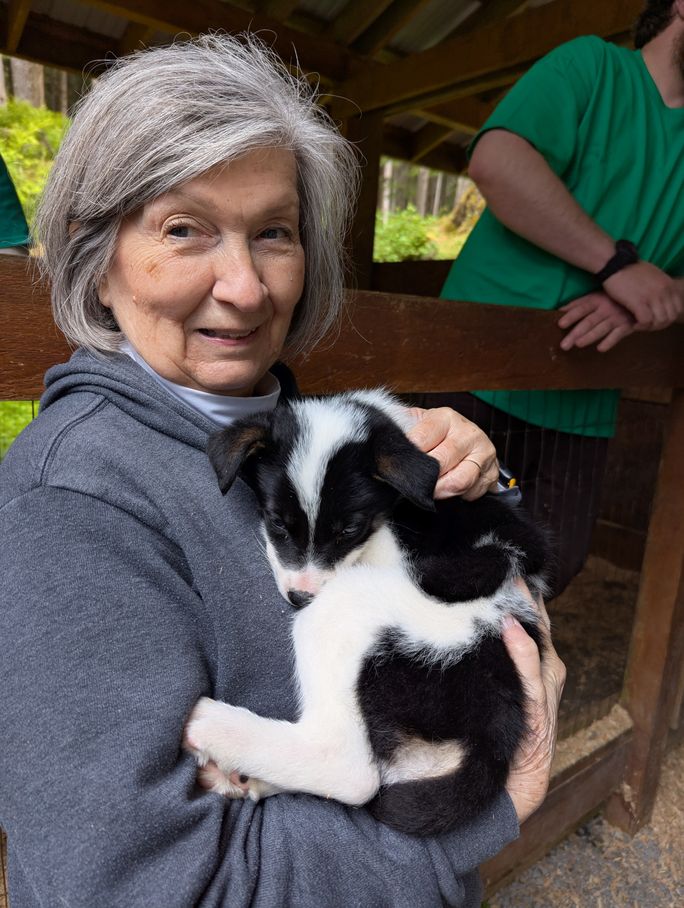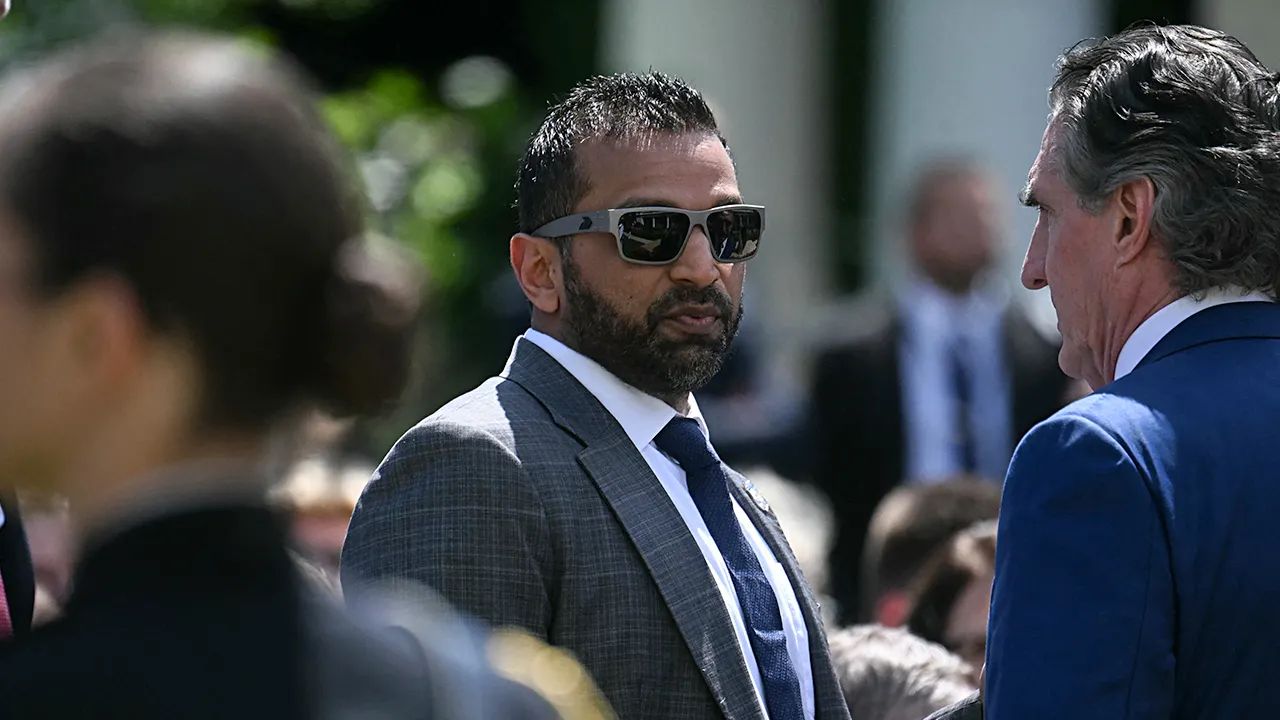The state’s largest Alaska Native organization this week intervened on the side of the federal government and other groups in a battle with the state of Alaska over subsistence rights and salmon fishing on a Southwest Alaska river.
The federal government brought the case against the state last year, following a dispute with the Alaska Department of Fish and Game over which entity has management authority of 180 miles of the Kuskokwim River as it flows through the Yukon Delta National Wildlife Refuge.
AFN and other groups that have intervened in the case on the side of the federal government have argued that the implications of the case extend well beyond the Southwest Alaska river.
They say the state is threatening the legal underpinning of federal subsistence fishing rights that give priority to rural subsistence families in times of shortage.
The case is playing out in U.S. District Court in Anchorage before Judge Sharon Gleason, who approved AFN’s intervention request on Thursday in an 11-page decision.
AFN represents 160,000 Alaska Native members, and next week will hold its annual convention that draws thousands of residents from around Alaska to help chart the group’s political course.
The dispute between the federal and state government arose in 2021 amid devastated king and chum salmon runs.
The federal government had allowed limited salmon-fishing openers for rural Alaska subsistence fishermen, as required by federal law. On those same days, the state had authorized subsistence fishing openers for all Alaskans, not just rural residents, in accordance with the state constitution.
[At fishery council meeting, tribal groups and pollock industry at odds over how to limit trawl bycatch of chum salmon]
The state argues in the case that the Kuskokwim River as it flows through the refuge is not “public land” under federal law and therefore the state has management authority over the river, including for subsistence purposes, according to a motion it filed early last month.
The state also argues that the court should not follow the precedent established in Katie John cases that ended in 2014. In those cases, federal courts upheld the federal subsistence priority for rural users on waters associated with federal lands. The late Athabascan elder Katie John, who died in 2013, had fought for the right to fish on her traditional lands along the Copper River.
Instead, the state argues the court should apply the ruling of the Supreme Court used in the 2019 decision in the so-called Sturgeon case, when the court found that the Kuskokwim River is not “public land” under federal law. In that case, the high court unanimously approved John Sturgeon’s right to use a hovercraft to hunt moose on the Nation River in the Yukon-Charlie National Preserve.
The Supreme Court said then that the Katie John decisions were “not at issue” in the Sturgeon case, leaving the rural subsistence fishing priority intact on what are called “navigable waters” in federal areas.
But the Alaska Federation of Natives said in a statement on Thursday that the case, called U.S. vs. Alaska, could make its way to the U.S. Supreme Court, raising questions about how the court will rule on the federal subsistence priority, according to a statement from the Native organization on Thursday celebrating the ruling that they can intervene.
“We’ll defend the legal rights of Alaska Natives to engage in subsistence hunting and fishing anytime our ways of life are threatened,” said Julie Kitka, president of the Alaska Federation of Natives, in the statement.
The Alaska Federation Natives has argued in the case that the state wants to “entirely destroy” the federal subsistence rights that it says have been central to Native communities’ survival, according to its intervention request last month.
The case on the Kuskokwim involves the federal subsistence priority on waters in federal areas, but not on the physical land owned by the federal government.
[FEMA under civil rights investigation after ‘unintelligible’ disaster relief application information was sent to Alaska Natives]
Attorney General Treg Taylor said in an email from his office on Friday that he “strongly disagrees with AFN’s mischaracterization of its position and goals.”
Taylor said it’s inaccurate to frame the litigation as pitting the state against the interests of Alaska Natives.
“Critically, the State is not attempting to ‘destroy the federal rural subsistence priority,’ ” he said, emphasizing the word ‘not’ in bolded, italic letters.
The rural subsistence priority, in Title VIII of the 1980 Alaska National Interest Lands Conservation Act, applied to public lands only, he said.
“The state is simply asking the federal court to limit the reach of the priority to ‘public lands,’ consistent with the language of ANILCA,” Taylor said. “Public lands include all land owned by the federal government — which is more than 60 percent of the state. That is not the equivalent of ‘destroying’ the priority.”
“Moreover, the priority applies to ‘rural’ residents, not Alaska Natives,” he said. “Tens of thousands of Alaska Natives live in urban communities and are excluded from the federal subsistence priority and therefore are not legally able to return to their home communities to participate in subsistence activities under the federal priority.”
The state in the Sturgeon case had argued that the National Park Service’s authority over hovercraft use was a separate and distinct legal issue from the federal subsistence priority addressed in the Katie John cases, the Alaska Federation of Natives said in its intervention motion.
But now, the state is reversing its position on the validity of the federal subsistence priority and is “clearly attacking the statewide interests of AFN and its members,” AFN’s motion says.
Gleason has allowed other groups and two individuals to intervene on the federal government’s side in the case, including the Association of Village Council Presidents, representing 56 tribal governments in Southwest Alaska.
The defendants in the case, the state and the Alaska Department of Fish and Game and its commissioner Doug Vincent-Lang, have not been joined by intervening parties.
Heather Kendall-Miller, who litigated the Katie John cases, is a part-time attorney with the Native American Rights Fund. The group is representing the Association of Village Council Presidents in the case.
Kendall-Miller said the case could be consequential because it could impact the federal subsistence priority on vast amounts of waters associated with federal lands.
“What’s at stake in this case is the entire subsistence priority as contemplated by Congress in Title VIII, because the status of the law is that the priority extends to federal waters, and those waters have been interpreted as waters that are adjacent to or run through all federal parks and refuges,” she said in an interview on Friday.
“So it includes great swaths of waters where rural residents currently have a priority to fish when the resources are not sufficient to provide for all other uses,” she said.
“It’s a huge deal because fishing constitutes about 60% of the diet of most rural residents,” she said. “And that’s why you see that most villages in Alaska are on rivers, to take advantage of fishing.”

:quality(70)/cloudfront-us-east-1.images.arcpublishing.com/adn/UQMPNOZJCBDTLHAB2IXCBZRPXA.jpg)



































